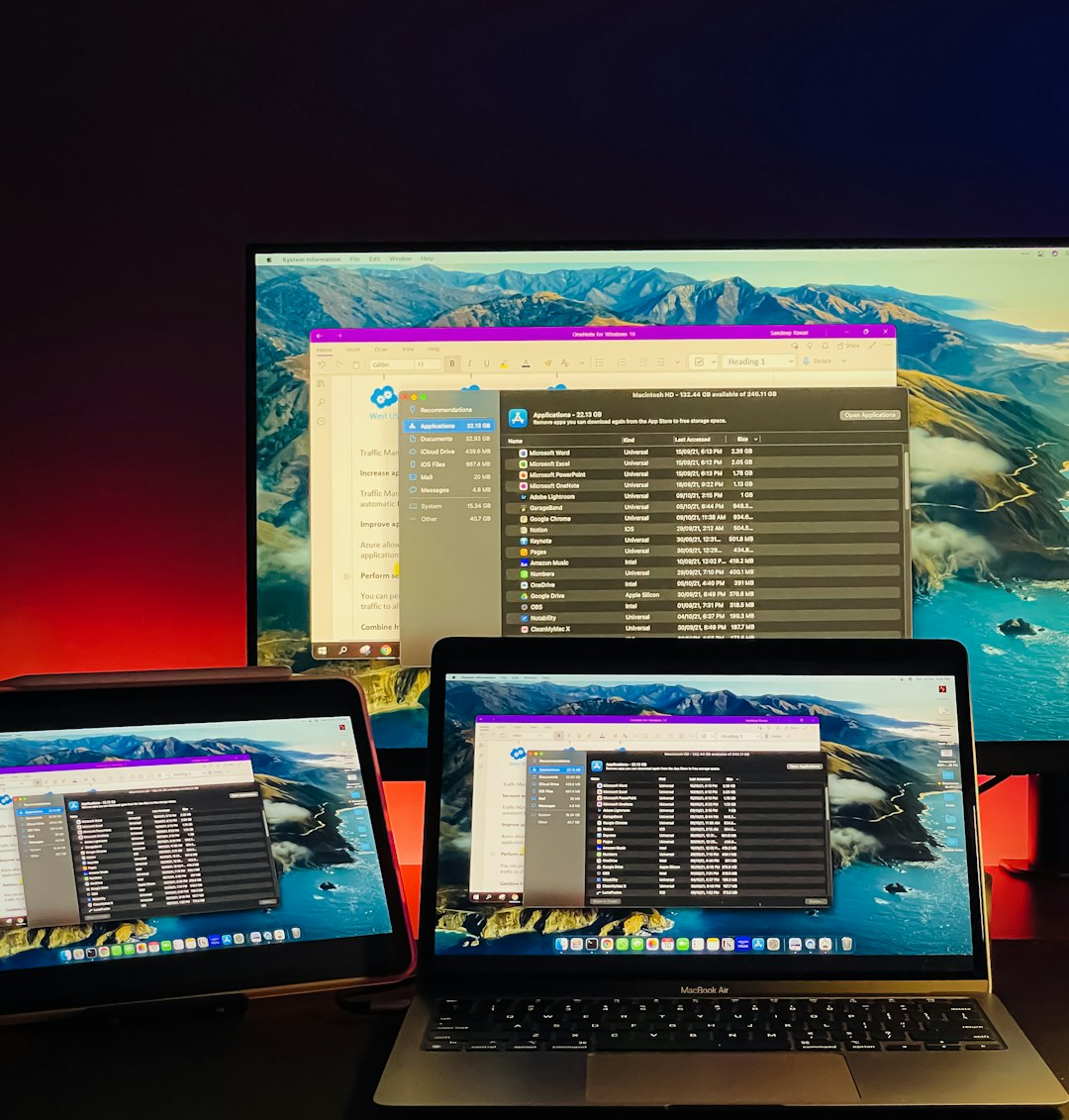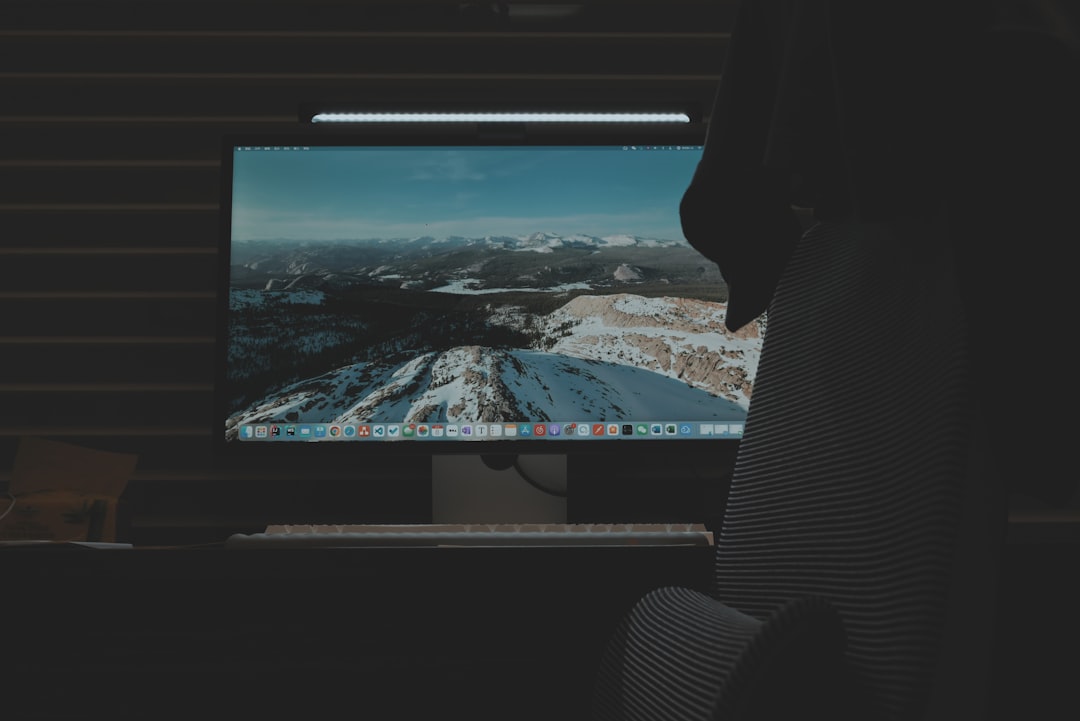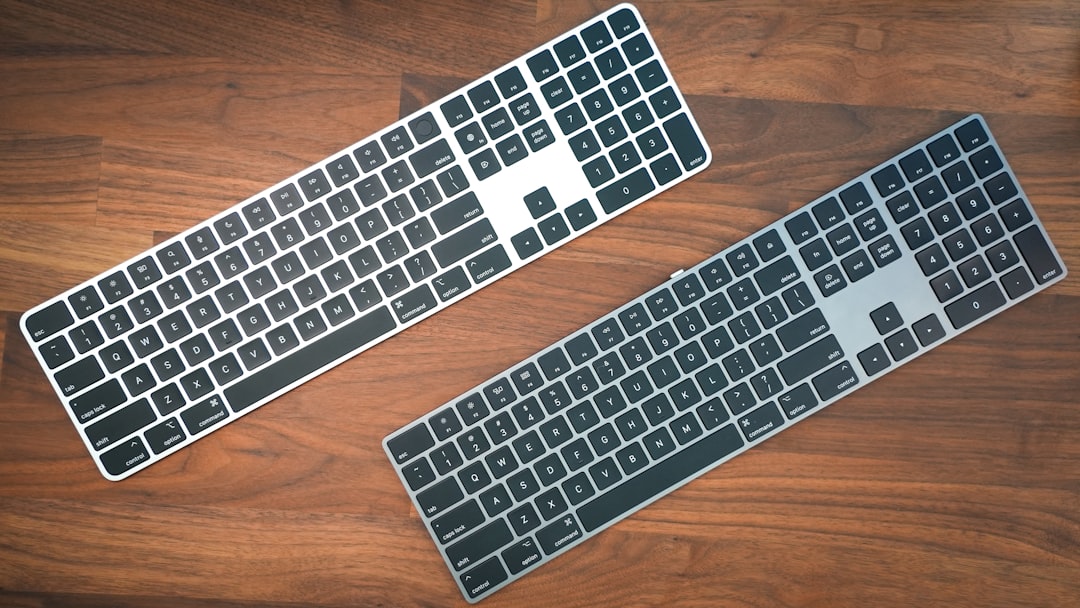Putting your Windows PC to sleep quickly and efficiently can be a powerful way to save energy, protect your data, and speed up your workflow. With the increasing demand for convenience and productivity, utilizing sleep shortcuts can significantly improve how you interact with your device. This article explores several reliable and fast methods to put your Windows PC to sleep using keyboard shortcuts, power settings, and other streamlined techniques.
Table of Contents
Why Use Sleep Mode?
Sleep mode is a built-in power-saving feature on Windows PCs that allows your system to pause your session while using minimal power. It keeps your programs and documents open in memory without shutting the system down entirely.
Some key benefits of using sleep mode include:
- Instant resume: Quickly return to where you left off without rebooting the computer.
- Energy savings: Consume very little power compared to staying fully active.
- Data protection: Allows your work to remain in memory without risking loss from a shutdown.
1. The Classic Alt + F4 Shortcut
Perhaps the most well-known keyboard combination for putting a PC to sleep is Alt + F4. When no application is in focus, pressing this key combo will bring up the “Shut Down Windows” dialog.
- Close or minimize all open programs or click the desktop background.
- Press Alt + F4.
- Use the arrow keys to select Sleep from the dropdown list and hit Enter.
Although a few steps are involved, it’s a quick workaround once you’re accustomed to it.

2. Windows + X + U + S
This multi-key combination is a more refined shortcut available on Windows 10 and Windows 11. It utilizes the Windows Power User Menu to issue a sleep command.
- Press Windows + X to open the Power User Menu.
- Quickly press U followed by S.
The PC will transition to sleep instantly. This shortcut is particularly effective for users with physical keyboards and is consistent across modern Windows versions.
3. Assigning a Custom Sleep Shortcut
Windows doesn’t come with a single-key sleep shortcut by default, but you can create your own custom shortcut using a dedicated desktop shortcut and assigning it a hotkey.
Here’s how:
- Right-click an empty spot on the desktop and select New > Shortcut.
- In the location field, paste the following command:
rundll32.exe powrprof.dll,SetSuspendState 0,1,0 - Click Next, give it a name like “Sleep Shortcut”, and click Finish.
- Right-click the new shortcut, go to Properties.
- In the Shortcut key field, press a key combination like Ctrl + Alt + S.
- Click Apply and then OK.
Now, when you use your new shortcut, your PC will go to sleep immediately.

4. Using the Sleep Button on the Keyboard
Some desktop and laptop keyboards come with a dedicated Sleep button. This button typically features a crescent moon symbol and can send your PC to sleep with a single press. If your device has this button, make sure your hardware drivers and power settings are correctly configured to accept the command.
To enable or customize the sleep key:
- Go to Control Panel > Hardware and Sound > Power Options.
- Select Choose what the power buttons do.
- Make sure the option next to Sleep button is set to “Sleep.”
This method offers a one-press alternative that is both fast and efficient.
5. Create a Batch File for Sleep
For more advanced users, another way to issue a sleep command is by creating a batch file and placing it on the desktop or pinning it to the taskbar.
Follow these steps:
- Open Notepad.
- Paste the following command:
rundll32.exe powrprof.dll,SetSuspendState 0,1,0 - Save the file with a .bat extension, such as sleep.bat.
- Double-click it to put the computer to sleep.
Optionally, right-click the batch file and use “Send to > Desktop (create shortcut)” for easy access. You can also use task scheduler tools to run it at specific times.
6. Use Cortana or Voice Commands
If speech recognition is enabled, Cortana or third-party voice tools can help you put the PC to sleep using vocal commands. While not technically a keyboard shortcut, it’s considered a shortcut in terms of user interaction and speed.
Example:
“Hey Cortana, put my PC to sleep.”
Please note that system permissions and voice activation settings must be configured for this to function properly.
Important Considerations
While using shortcuts can drastically enrich your productivity, it’s necessary to understand factors that could interfere with sleep mode:
- Background activity: Active downloads, running applications, or open media players might block sleep initiation.
- Wake timers: These allow scheduled tasks to prevent or interrupt sleep mode unless they are manually turned off.
- Power settings: Ensure your power plan allows your computer to sleep when commanded.
To mitigate these issues, visit:
Control Panel > Hardware and Sound > Power Options > Edit Plan Settings > Advanced Power Settings
When Not to Use Sleep Mode
While sleep mode is convenient, it isn’t always the best option. Here are scenarios where it’s better to shut down or hibernate the system:
- Installing updates: Updates may require a full restart to complete.
- Extended inactivity: If you won’t use your device for days, a full shutdown might be preferable.
- System maintenance or reboots: Sleep won’t resolve memory leaks or bugs that require a restart.
Understanding when and how to appropriately use each power state ensures both efficiency and longevity for your system.
Conclusion
Using shortcuts to put your Windows PC to sleep is an easy and dependable way to enhance your computing experience. No matter your level of expertise, the methods outlined in this article offer viable solutions—from simple keyboard shortcuts to custom-configured automation scripts.
Efficiency, speed, and customization are at the heart of modern computing. Leveraging these techniques can help conserve energy, protect your data, and streamline your workflow without ever needing to grab the mouse or dig through menus.
Choose the shortcut that best fits your style and make it a staple in your daily tech routine.




